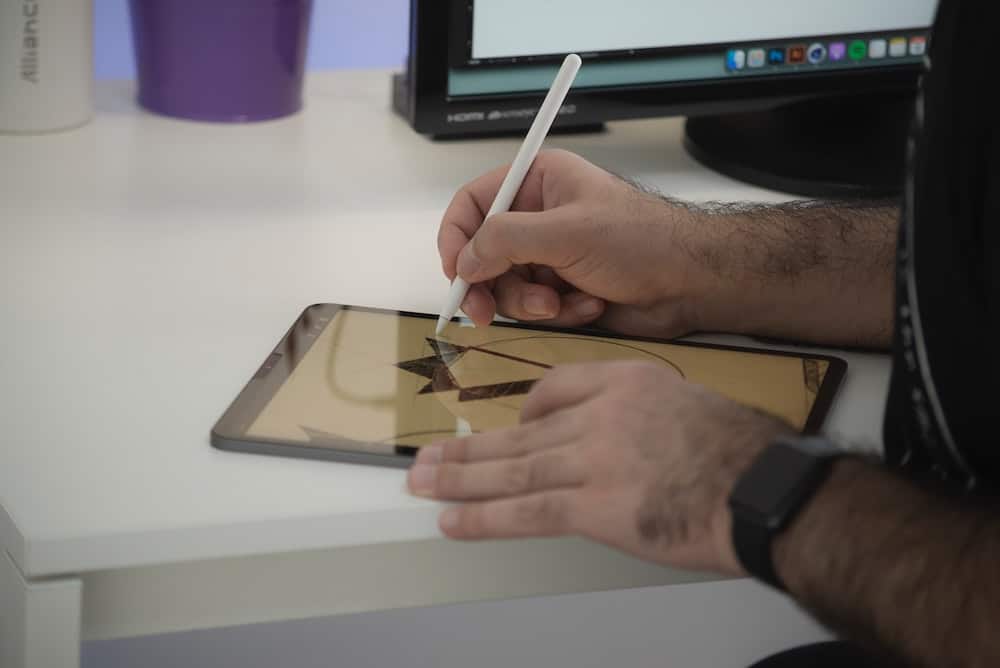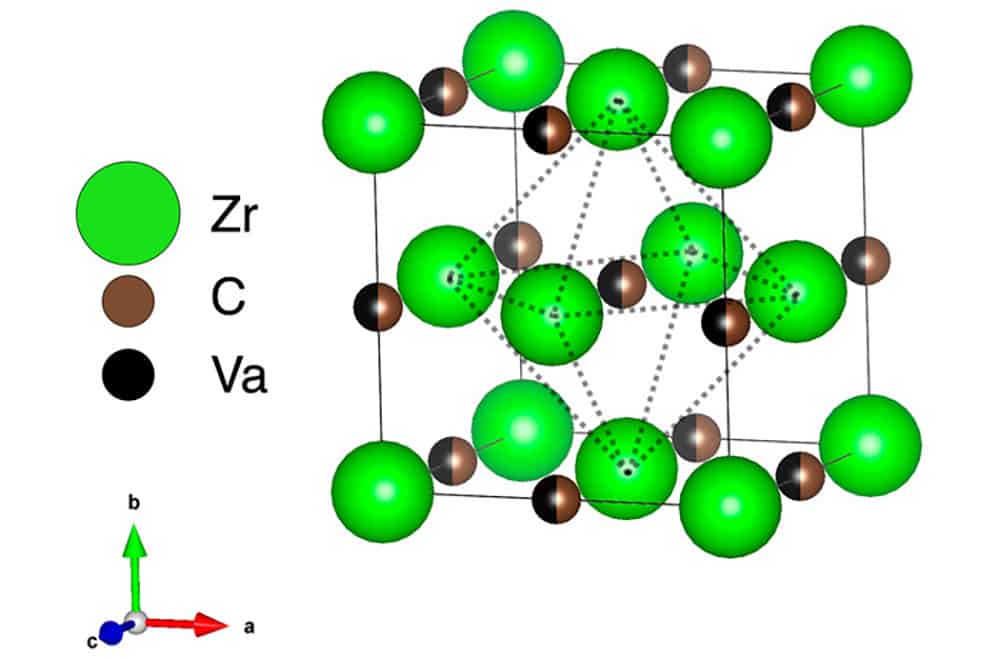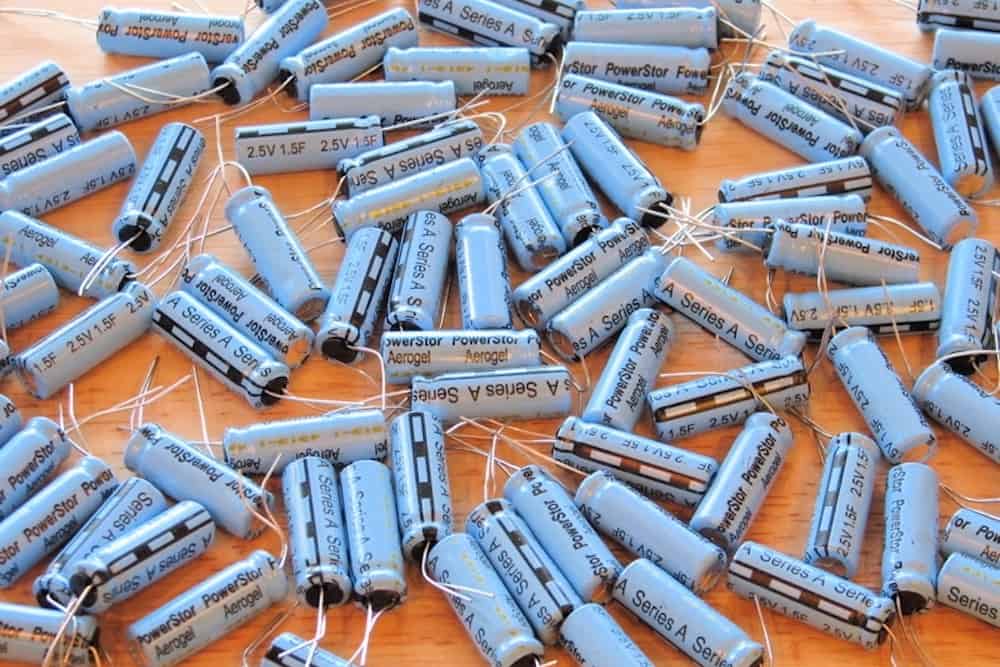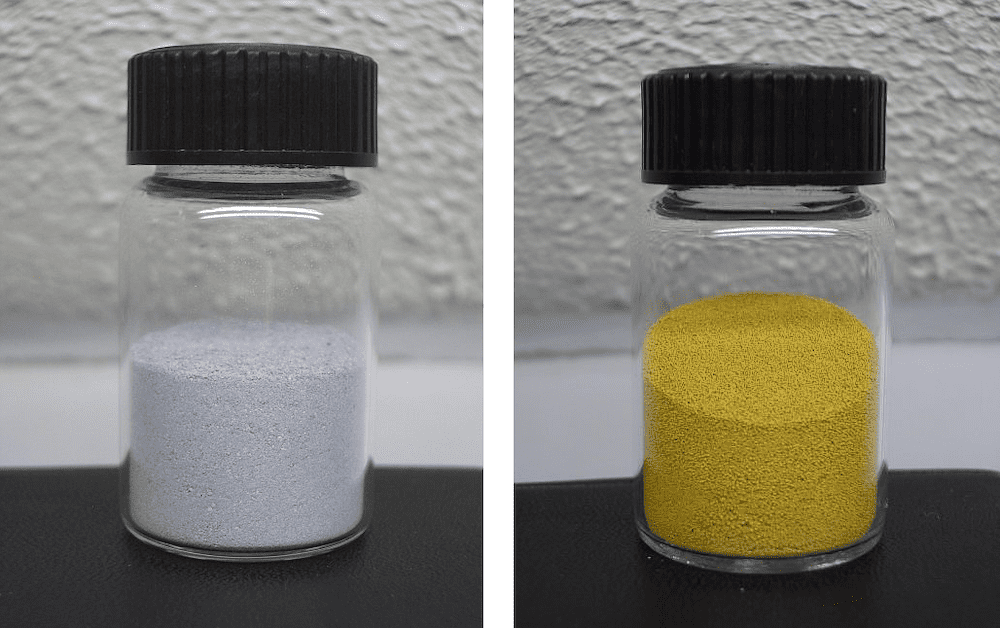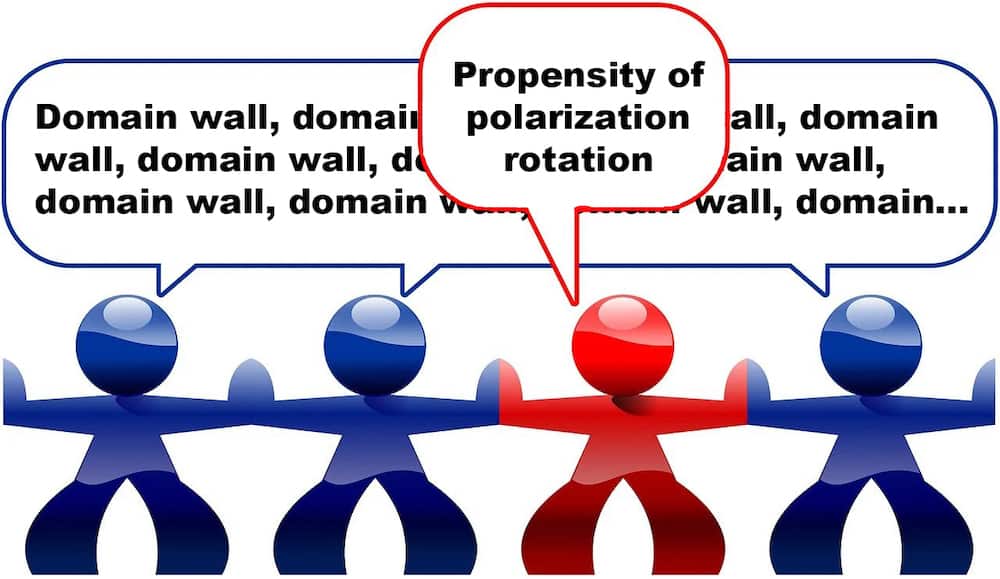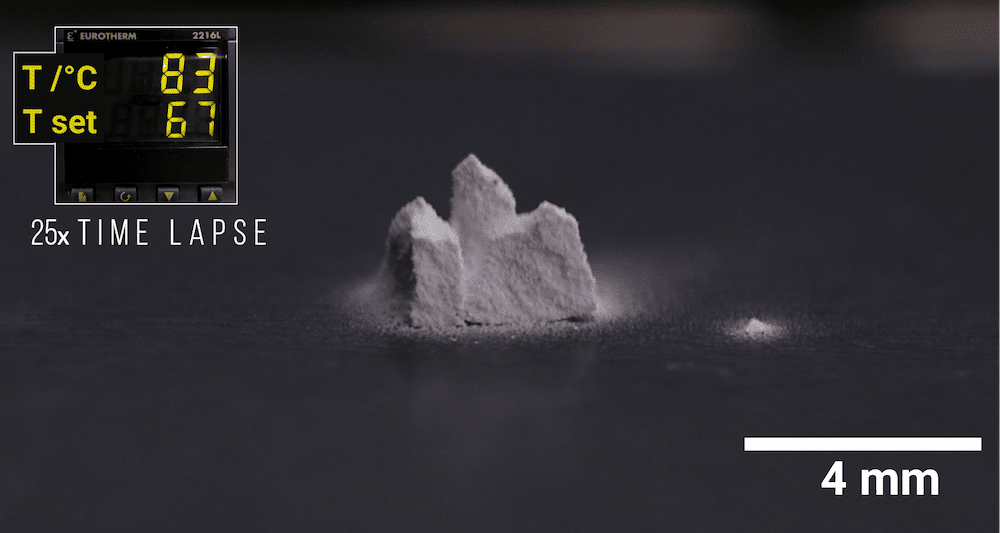Current industry practice for detecting and monitoring alkali-silica reactions in concrete requires destructive extraction and analysis of concrete cores. Argonne National Laboratory researchers explored the potential of using electrochemical impedance spectroscopy for nondestructive evaluation of this reaction instead.
Read MoreThough hexagonal boron nitride is generally regarded as the most stable boron nitride structure, the relative phase stabilities of boron nitride polymorphs are still under debate. Researchers led by the Japan Advanced Institute of Science and Technology used Monte Carlo simulations to calculate the relative phase stabilities of these polymorphs.
Read MoreAn electronic screen that mimics a paper-like surface is a desirable feature for many consumers. Texturing the screen is one way manufacturers attempt to achieve this experience, and researchers in Japan compared the friction behaviors of three commercial stylus tips on flat and textured glass surfaces.
Read MoreMuch research has established how the number of carbon vacancies in zirconium carbide significantly affects the thermodynamic and thermophysical properties. However, little is known about the effects caused by vacancy arrangement. A new open-access review paper summarizes the existing experimental and theoretical studies on these effects.
Read MoreFor decades researchers have categorized energy storage devices based on whether they behave like a battery or a supercapacitor. An international research team argues that energy storage mechanisms should be viewed as existing on a spectrum instead and that the current binary classification system could hamper development of new technologies.
Read MoreScratch formation on glass surfaces is a ubiquitous phenomenon, yet little information is available on the role of glass surface structure in triggering scratch formation. In a new open-access study, University of Bayreuth researchers “scratch the surface” on understanding the surface structural elements of soda–lime–silica glass that contribute to scratch formation.
Read MoreMarine creatures are a great source of inspiration for materials scientists looking to develop stronger and better structures. Researchers led by Virginia Tech found that the skeleton of the Protoreaster nodosus starfish offers valuable insights into designing porous calcium carbonate.
Read MoreThe ability to count the number of active sites on oxide catalysts and thereby determine the reaction turnover frequency has developed very slowly in comparison to metal catalysts. In a recent paper, Lehigh University professor Israel E. Wachs argues for further developing the methodology of methanol chemisorption to address this situation.
Read MoreWhen designing ferroelectric materials, researchers have long been guided by the belief that smaller domain sizes lead to greater piezoelectric properties. A recent study by Penn State and Xi’an Jiaotong University researchers raises questions about this standard rule.
Read MoreResearchers have achieved some success in developing shape memory ceramics by applying the same general strategies used for shape memory alloys. A recent study that stumbled upon a seemingly paradoxical result, however, reveals new insights into reversible transformations in ceramics.
Read More


